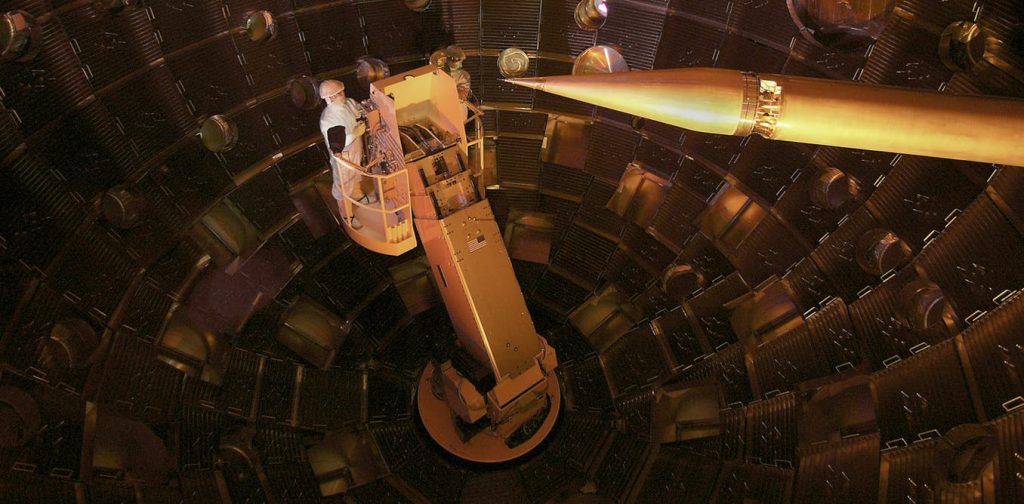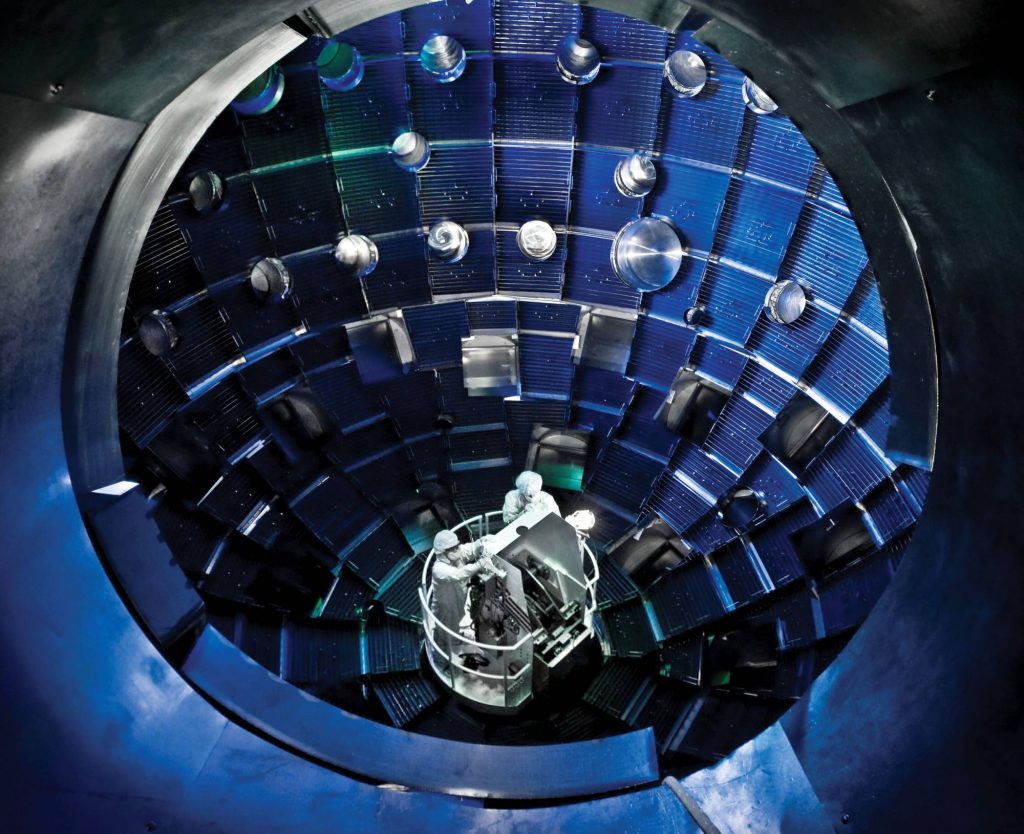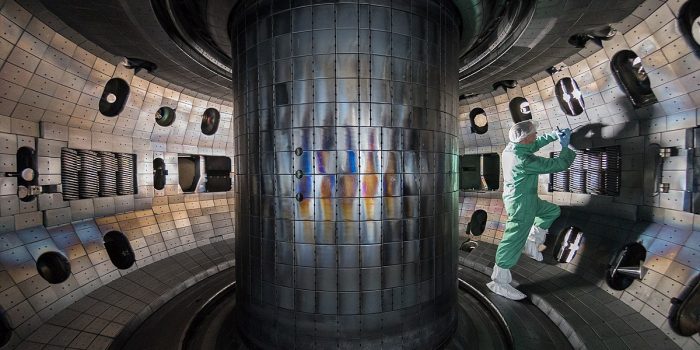On Wednesday, US government scientists said they had achieved a critical step toward making nuclear fusion – the process that drives stars – a viable energy source for humanity.
Using the world’s largest laser, the researchers induced fusion fuel to heat itself beyond the heat they shot into it for the first time, establishing phenomena known as a burning plasma that signified a step toward self-sustaining fusion energy.

The amount of energy produced was minimal – around the equal of nine nine-volt batteries used to operate smoke alarms and other small devices. However, the trials at a Lawrence Livermore National Laboratory facility in California were a watershed moment in the decades-long effort to capture fusion energy, even as the experts stressed that more work was needed.
The energy generated was minimal – roughly the same as nine 9-volt batteries used to operate smoke alarms. The trials at a Lawrence Livermore National Laboratory facility in California were a watershed moment in the decades-long effort to capture fusion energy; however, the researchers stressed that more work is needed in the coming years.
Nuclear fusion, which is the merging of atomic nuclei to liberate energy, was used in the tests to achieve the self-heating of matter in a plasma state. Along with solid, liquid, and gas, plasma is one of the four states of matter.
“If you want to make a campfire, you want to get the fire too hot enough that the wood can keep itself burning,” said Alex Zylstra, an experimental physicist at Lawrence Livermore National Laboratory – part of the U.S. Energy Department – and lead author of the research published in the journal Nature.
“This is a good analogy for a burning plasma, where the fusion is now starting to become self-sustaining,” Zylstra said.

192 laser beams were aimed at a tiny target holding a capsule smaller than a tenth of an inch in diameter packed with fusion fuel made up of deuterium and tritium plasma – two isotopes, or forms, of hydrogen.
When the nuclei of deuterium and tritium fuse at extremely high temperatures, a neutron and a positively charged particle known as an “alpha particle” emerge, and energy is released.
“Fusion requires that we get the fuel incredibly hot in order for it to burn – like a regular fire, but for fusion, we need about a hundred million degrees (Fahrenheit). For decades we’ve been able to cause fusion reactions to occur in experiments by putting a lot of heating into the fuel, but this isn’t good enough to produce net energy from fusion,” Zylstra said.
“Now, for the first time, fusion reactions occurring in the fuel provided most of the heating – so fusion is starting to dominate over the heating we did. This is a new regime called a burning plasma,” Zylstra said.
Unlike the fission process used in existing nuclear power plants, fusion provides plentiful energy without pollution, radioactive waste, or greenhouse gas emissions. This is because atoms are divided to produce nuclear fission energy. Instead, fusion energy is generated by fusing atoms, much as it does within stars like our sun.
A fusion energy future is also being pursued by private-sector projects, which include hundreds of firms and organisations, with some big oil companies even investing.

“Fusion energy is the holy grail of clean, limitless energy,” said Annie Kritcher of Lawrence Livermore National Laboratory, lead designer for the experiments conducted in 2020 and 2021 at the National Ignition Facility and first author of a companion paper published in the journal Nature Physics.
According to Zylstra, Fusion produced around ten times the energy used to heat the fuel in these experiments, but less than ten percent of the entire amount of laser energy since the process is still inefficient. In each experiment, the laser was only employed for around ten billionths of a second, with fusion production lasting 100 trillionths of a second, according to Kritcher.
“Making fusion a reality is an enormously complex technological challenge, and it will require serious investment and innovation to make it practical and economical,” Zylstra said.
“I view fusion as a decadal-scale challenge for it to be a viable source of energy.”


